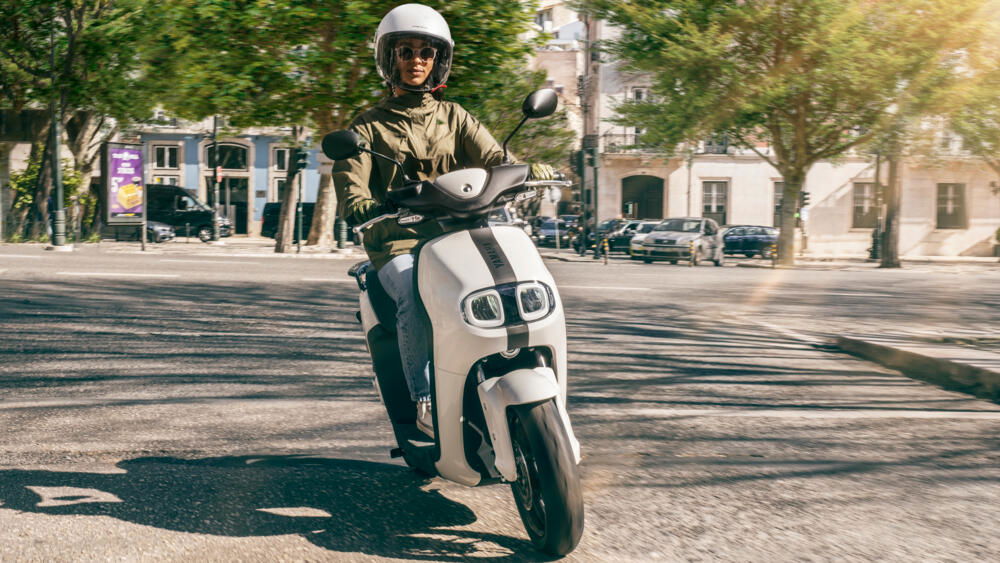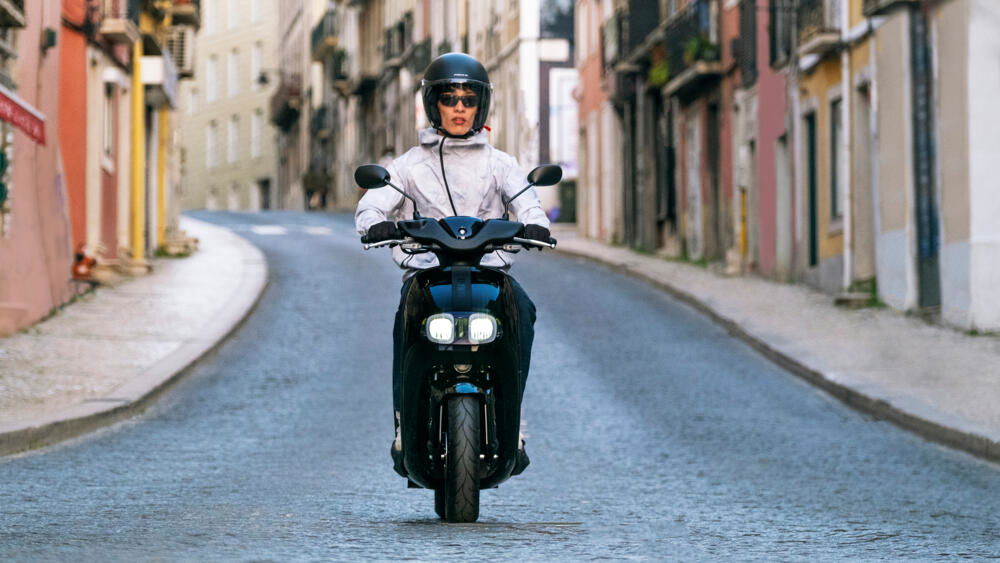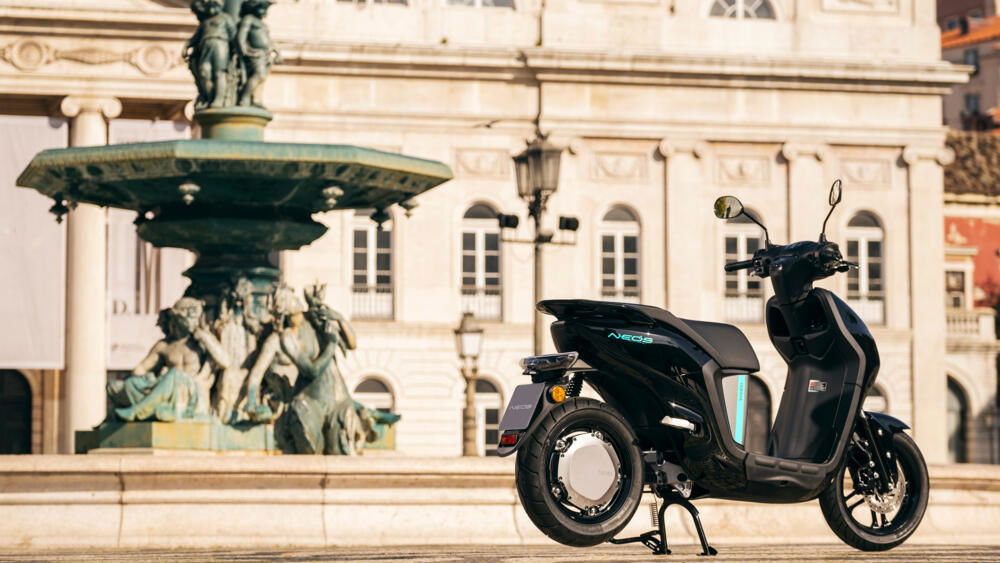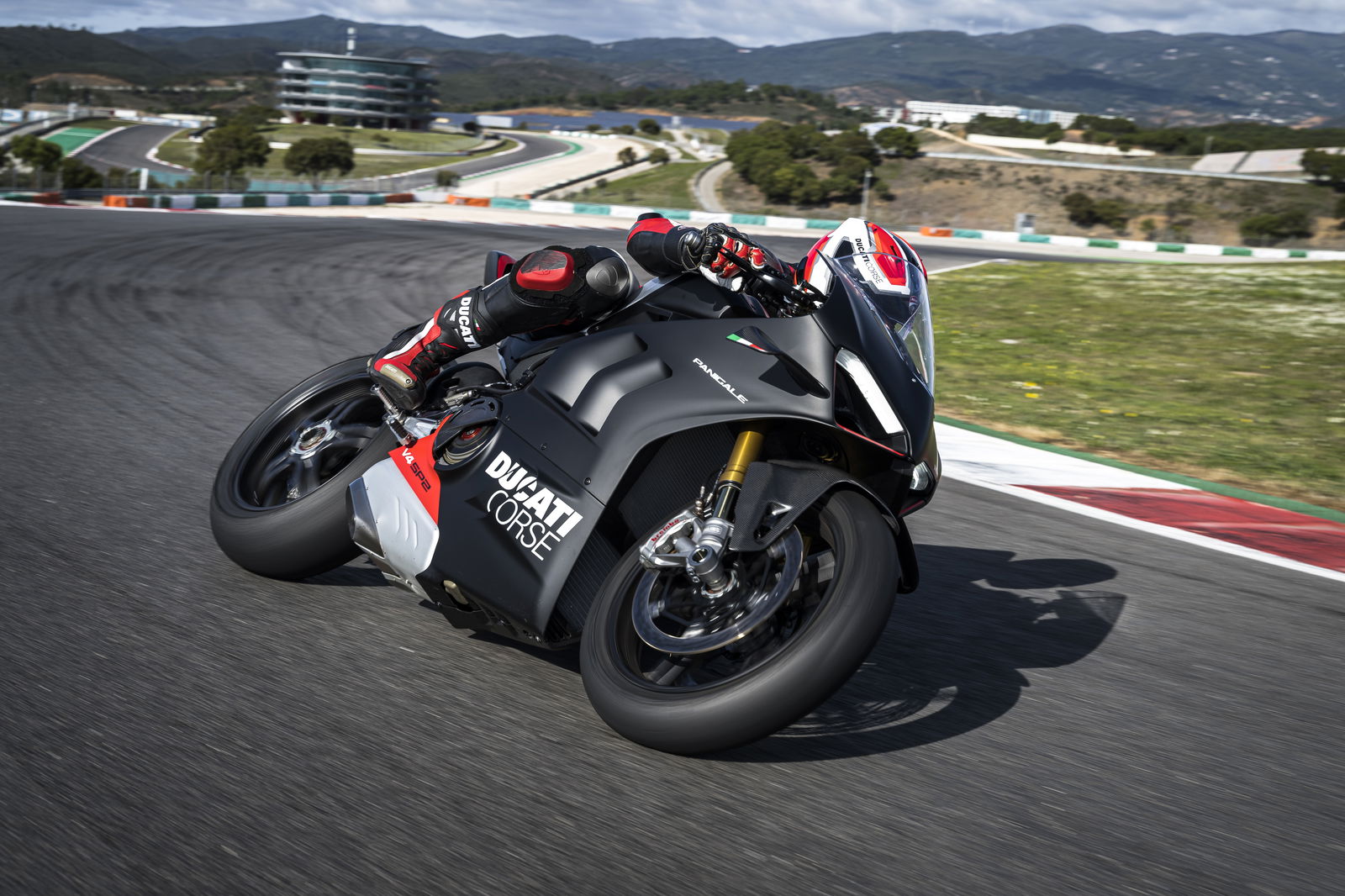Yamaha launches 50cc-equivalent electric NEO's in Europe
Yamaha launches new 50cc equivalent NEO’s electric scooter for European markets.
.jpg?width=1600&aspect_ratio=16:9)
YAMAHA has launched today (10 March 2022) its first 50cc-equivalent electric scooter, called the NEO’s, into European markets.
Yamaha began manufacturing 50cc scooters back in the 1990s, and in 1991 created its first electric prototype, the Frog. Yamaha has launched various electric models in Asia, but the NEO’s will be the first to make it to Europe.

The NEO’s, which was announced last week, is designed for daily urban use, hence Yamaha has tried to emphasise a calm look with the aesthetics of the scooter. In a press release, Yamaha say, “The compact body features soft, rounded forms that enhance the relaxed feel and convey the easy-to-ride character of this ultra-quiet zero emission scooter.”
Yamaha’s development of electric technology over the last thirty years or so means the NEO’s will be equipped with some of the most up-to-date electric technology available in the scooter market, all encased within the rear wheel hub as part of the YIPU (Yamaha Integrated Power Unit), along with the rear brake system.
Additionally, the Motor Control Unit (MCU) will be housed within the rear swingarm, which is detachable via the removal of five bolts in order to change the rear tyre.

The electric motor is brushless and air-cooled, which means noise is kept to a minimum (55Db at seven metres compared to 71Db for a combustion equivalent), and the reduced number of moving parts compared to a combustion scooter means maintenance costs are also lowered.
NEO’s’ Yamaha-developed lithium-ion battery will weigh eight kilos, and with “a high energy density,” according to Yamaha’s press release, it can achieve a range of 37km on a full charge, reaching a temperature of 25 Celsius. That should be enough for your cross-city ride to work and back, and possibly a small detour for a meal deal. If 37km will not do, there is the option to add a second battery, increasing the range to up to 68km.
When the battery starts to run low, the Vehicle and Motor Control Units will limit its power output to maximise the range, and if a second battery is used, this will be switched to when stationary if possible (for example, in stop-start city riding), or on the move if that is not possible (on longer rides).
When you’re out of juice, the battery can be charged either while remaining in the scooter, or alternatively the battery is able to be removed and charged indoors. Whether inside or out, the battery will require eight hours to return to a fully-charged state. The amount of charge left in the battery can be viewed in the MyRide app which can be downloaded to the rider’s smartphone.
The battery is mounted under the seat, away from the footboard area, which means there is greater space for the rider’s legs and feet, and ensures there is greater possible adjustment for the riding position, depending on the height of the rider, and overall personal preference. Also, with a battery operating at 25C under your bum, that might be a nice seat warmer in the winter.

Suspension is supplied by KYB, and attached to the front forks will be a 10-spoke, 13-inch wheel with a 110 front tyre, while a 130 is fitted to a newly-designed low-pressure wheel at the back.
There are also varying riding modes,’Standard’ and ‘Eco’ (no prizes for guessing the difference), and by pairing your smartphone with your NEO’s’ Communications Control Unit via the MyRide app it is possible to see notifications from your phone on the digital dashboard’s LCD screen.
The NEO’s will be available in two colours: white and black, with both featuring Yamaha’s new ‘Aqua’ colour, dedicated to its electric models, on the battery cover, and prices begin at £3,005. Full information on the NEO's is available here.

